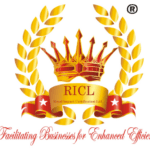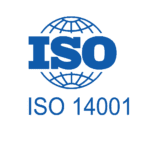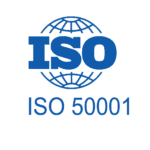How to maintain ISO Certification standards?
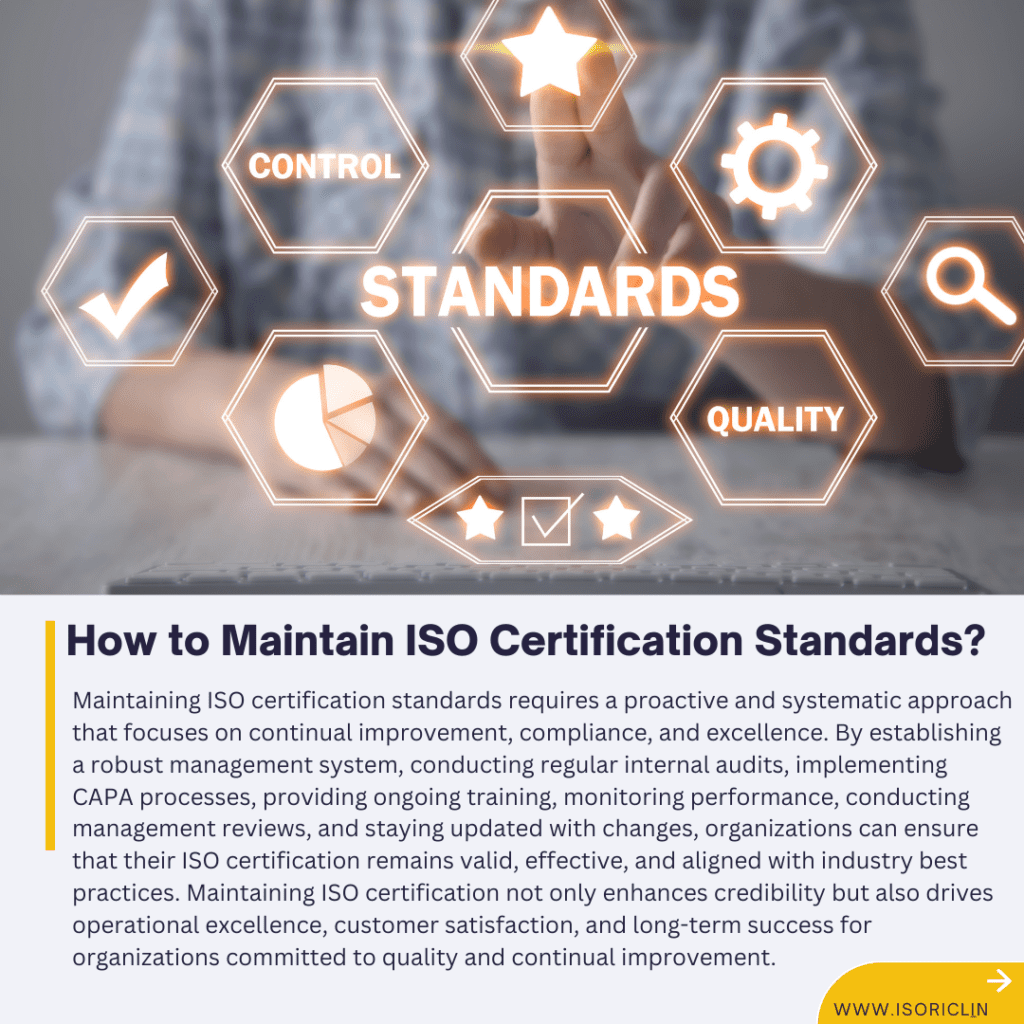
Maintaining ISO certification standards is an ongoing process that requires continuous effort and commitment from the entire organization. Here’s a comprehensive guide on how to maintain ISO certification standards:
1. Understanding the Requirements
Continuous Compliance
Ensure that your organization continuously complies with the ISO standards relevant to your certification. This involves regularly reviewing the standards to stay updated on any changes or new requirements.
Regular Training and Awareness
Keep all employees informed and trained on the ISO standards and their specific roles in maintaining compliance. Regular training sessions help reinforce the importance of adhering to the standards and keep everyone updated on best practices.
2. Conducting Regular Internal Audits
Schedule Audits
Plan and schedule internal audits at regular intervals. These audits help identify areas of non-compliance and opportunities for improvement before they become significant issues.
Audit Execution
Conduct thorough audits by reviewing documentation, observing processes, and interviewing employees. Use a structured approach to ensure all aspects of the management system are evaluated.
Address Findings
Promptly address any non-conformities or observations identified during the audits. Implement corrective actions to resolve issues and prevent their recurrence.
3. Management Reviews
Regular Meetings
Hold regular management review meetings to evaluate the performance of the management system. These meetings should be scheduled at least annually but can be more frequent depending on the organization’s needs.
Review Data
Analyze data from internal audits, customer feedback, performance metrics, and other relevant sources. Discuss the effectiveness of the management system and identify areas for improvement.
Action Plans
Develop action plans based on the findings from management reviews. Assign responsibilities and set deadlines to ensure that improvements are implemented effectively.
4. Continuous Improvement
Identify Opportunities
Encourage a culture of continuous improvement by regularly seeking opportunities to enhance processes, products, and services. Use feedback from customers, employees, and other stakeholders to identify areas for improvement.
Implement Changes
Implement changes systematically to ensure they are effective and sustainable. Use a plan-do-check-act (PDCA) approach to manage improvements.
Monitor Results
Regularly monitor the results of implemented changes to ensure they achieve the desired outcomes. Adjust the approach as necessary based on the monitoring results.
5. Documentation and Record Keeping
Maintain Documentation
Keep all documentation related to the ISO management system up to date. This includes policies, procedures, work instructions, and records of audits and management reviews.
Document Changes
Document any changes to processes or procedures to ensure they are properly communicated and implemented. Maintain a clear version control system to track changes.
Record Retention
Ensure that all records are retained for the required period as specified by the ISO standard. This includes audit reports, corrective action records, training records, and management review minutes.
6. Engaging Employees
Promote Involvement
Involve employees at all levels in maintaining the ISO standards. Encourage their participation in audits, improvement initiatives, and decision-making processes.
Provide Feedback
Regularly provide feedback to employees on their performance related to the ISO standards. Recognize and reward their contributions to maintaining compliance and achieving improvements.
7. Customer and Stakeholder Feedback
Gather Feedback
Actively seek feedback from customers and other stakeholders to understand their needs and expectations. Use surveys, interviews, and other methods to gather this information.
Analyze Feedback
Analyze the feedback to identify trends, areas of concern, and opportunities for improvement. Use this information to make informed decisions about changes and improvements.
8. Surveillance Audits
Prepare for Audits
Prepare for surveillance audits conducted by the certification body. Ensure that all documentation is up to date and that employees are ready to demonstrate compliance with the ISO standards.
Address Audit Findings
Address any findings from the surveillance audits promptly. Implement corrective actions to resolve non-conformities and prevent their recurrence.
9. Risk Management
Identify Risks
Regularly identify and assess risks that could impact the effectiveness of the management system. Consider internal and external factors that could pose risks.
Mitigate Risks
Develop and implement risk mitigation plans to address identified risks. Monitor the effectiveness of these plans and adjust them as necessary.
10. Staying Updated
Monitor Changes
Stay informed about updates and changes to the ISO standards. This can be done by subscribing to industry publications, participating in relevant forums, and attending training sessions.
Update Practices
Update your management system practices and documentation to reflect any changes in the ISO standards. Communicate these changes to all employees to ensure ongoing compliance.
Conclusion
Maintaining ISO certification standards requires a proactive and systematic approach. Regular audits, management reviews, continuous improvement initiatives, employee engagement, and effective documentation are key components of this process. By fostering a culture of quality and compliance, your organization can sustain its ISO certification, enhance its operational performance, and continually meet customer and regulatory requirements.
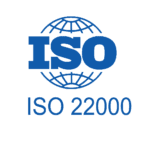
ISO 22000
Food Safety Management System

HACCP
Hazard Analysis and Critical Control Points
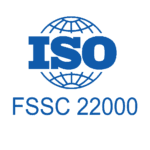
FSSC 22000
Food Safety Management Certification Scheme

ISO 22301
Business Continuity Management Systems
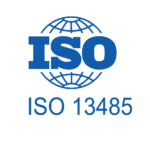
ISO 13485
Quality Management For Medical Device

ISO/IEC 27001
Information Security Management System
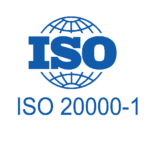
ISO 20000-1
Information Technology Service Management

ISO 42001
Artificial Intelligence Management System
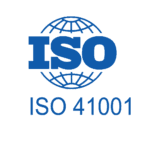
ISO 41001
Facility Management System
ISO 21001
Educational Organizations Management System

IATF 16949
Quality Management For Automotive
TL 9000
Quality Management System for Telecom
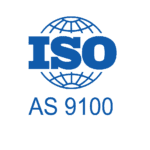
AS 9100
Quality Management for Aerospace Industry
ISO 30000
Ship Recycling Management System
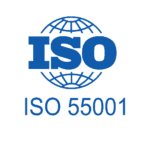
ISO 55001
Asset Management System
